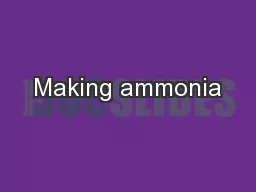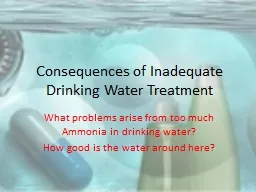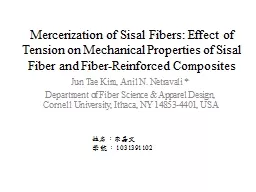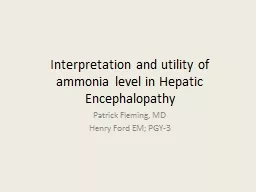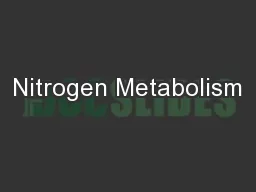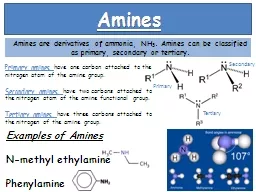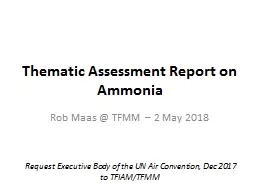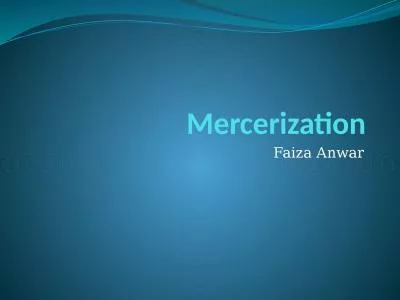PPT-Ammonia Mercerization Submitted To:
Author : thegagn | Published Date : 2020-08-28
Dr Ummul Khair Fatema Presented By ID Name 20111017 Shahanaz Parvin 20111018 Rifat Jahan 20111098 Nazmun Nahar 20111128 Humayra Akhter Himu 20111208 Nigar Rashida
Presentation Embed Code
Download Presentation
Download Presentation The PPT/PDF document "Ammonia Mercerization Submitted To:" is the property of its rightful owner. Permission is granted to download and print the materials on this website for personal, non-commercial use only, and to display it on your personal computer provided you do not modify the materials and that you retain all copyright notices contained in the materials. By downloading content from our website, you accept the terms of this agreement.
Ammonia Mercerization Submitted To:: Transcript
Download Rules Of Document
"Ammonia Mercerization Submitted To:"The content belongs to its owner. You may download and print it for personal use, without modification, and keep all copyright notices. By downloading, you agree to these terms.
Related Documents



